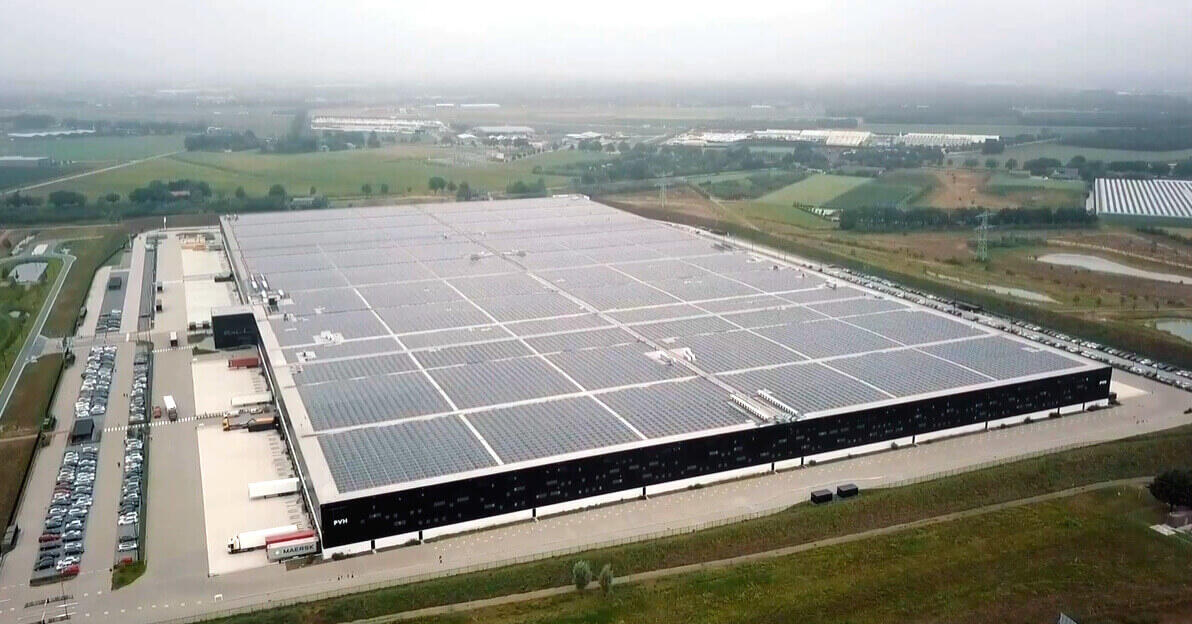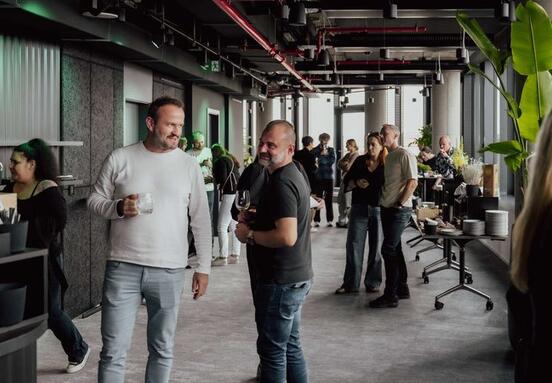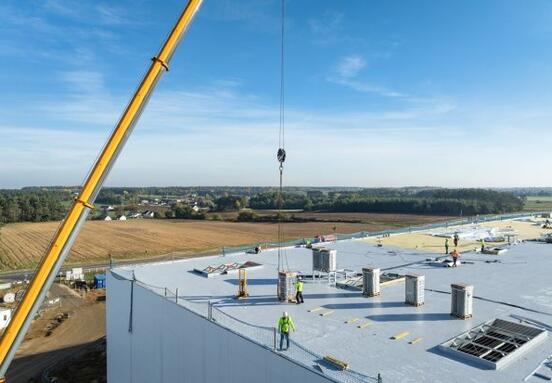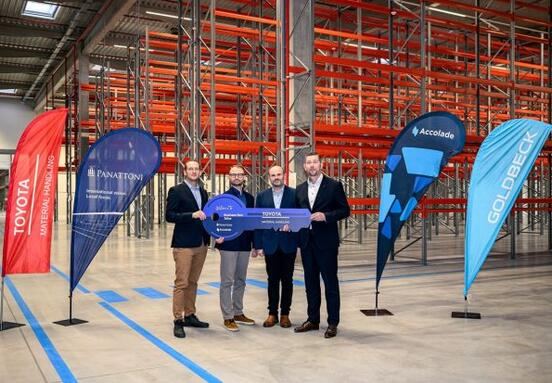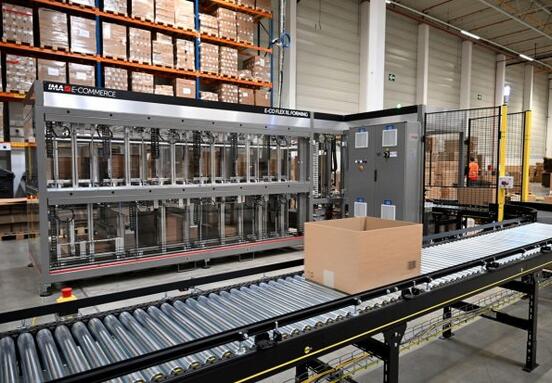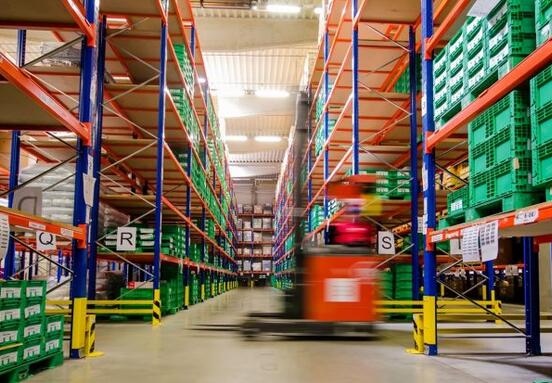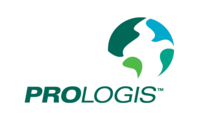The key news of the past year for industrial developers and other companies in the industry was that in most cases there was no significant slowdown in construction, as might be expected with regard to the coronavirus crisis. The demand of tenants for existing or new premises for logistics is not decreasing either. On the contrary, this interest continues to grow, especially in selected industries, such as e-commerce or retail chains.
Moving borders
It can be said that industrial construction in the Czech Republic has long been moving towards sustainability and green elements of buildings. "These are important not only for building owners to obtain the necessary BREEAM certifications but also for tenants with an international or global reach who are increasingly making green building policy one of their key business priorities," said Robert Bocker, partner and team leader at Industrial Brokerage and representation of tenants at Cushman & Wakefield.
As part of a strong emphasis on sustainability, industrial development also makes a significant effort to manage rainwater sparingly and make more efficient use of the roofs of industrial buildings. In many cases, developers are trying to push the boundaries, says Chris LaRue, Director - Head of Industrial Leasing at Savills the Czech and the Slovak Republic, and explains: “For example, by looking for ways to better ensure rainwater runoff into the surrounding soil instead of being retained in water bodies or retention reservoirs, which is a meaningful innovation due to the occurrence of long-term drought in the Czech Republic in the last few years. Or conducting studies on the best use of large industrial roofs, whether through solar panels or green spaces to increase biodiversity. ”
Everything revolves around the topic of building certification, "green stickers" in warehouses, investments in the environment, carbon neutrality, and long-term sustainability, says Tomáš Novotný, head of asset management in the Arete Group. However, as always, competitive advantage is an important driver for construction and future success in business negotiations. "Whether we provide it with a certificate sticker or not. The key is to reduce operating costs, both in the area of technical specifications and in the way buildings are operated and managed,” emphasizes Tomáš Novotný.
The working environment for warehouse workers is also playing an increasingly important role. "Anti-epidemic measures have underlined the importance of the quality and organization of the working environment," notes Tomáš Budař, CEO of Demaco. The so-called well-being, ie the quality of the working environment for employees, is increasingly emphasized, often in the planning and construction of buildings. Developers and tenants try to provide their employees with the best possible conditions and make their stay at the workplace more pleasant. A satisfied employee then usually also works more productively.
On the road to automation
The pressure for high efficiency in the smallest possible built-up area has accelerated the trend of building ever higher warehouses. "The standard clear height of industrial halls of 10 meters is often insufficient, and especially retail and e-commerce companies are asking for higher halls. The reason is the larger amount of goods stored in shelving systems, often in combination with VNA stackers, or the construction of mezzanines for manual sorting or automated stacking systems,” describes Robert Sgariboldi, head of Industrial Agency, CFO at 108 Agency.
A specific example of a new building in Prologis Park Prague-Úžice, which is suitable for automation due to its clear height of 12 meters, is mentioned by Martin Baláž, vice president and country manager for the Czech Republic and Slovakia at Prologis: “We also focus on sustainability and equip our new buildings not only LED lighting, but also daylight motion and intensity sensors or intelligent measuring systems that allow customers to remotely monitor energy consumption in their buildings,” Martin Baláž returns to the topic of sustainability.
Even slower permitting processes
"The coronavirus epidemic has an undeniable effect on the construction, not only of warehouses. From the point of view of construction companies, there may be a shortage of workers, whether foreign or Czech, who is, for example, in quarantine," points out Jiří Kristek, partner and head of industrial space leasing at Cushman & Wakefield. According to him, this may delay construction and thus bring developers under pressure from already contracted tenants or end-users.
However, more serious problems could be observed not with private companies, but much more with the state. Some paralysis of the Czech state administration, which occurred as a result of the epidemic, had a negative effect on the speed of permitting processes. "Following the e-commerce boom forced by covid measures, the market tended to skyrocket, but unfortunately this potential could not be fully exploited due to the paralysis of the authorities and thus the permitting process," notes Pavel Sovička, CEO for the Czech Republic and Slovakia at Panattoni.
Slow permitting processes and generally complicated legislation are also affecting the hitherto not very massive use of brownfield sites. Nevertheless, it can be expected that in the near future it will clearly resonate the trend of more intensive use of brownfields not only in the form of new construction but also (and above all) the use of existing buildings and infrastructure. Jaroslav Kaizr, a partner at Demaco, explains: "Preserving the genius loci is important for local communities and the right mix of industrial, commercial and leisure activities will be key to opening up new sites, such as e-commerce, which must be close to residential development."
Sensitively and intelligently
The focus on the sustainability and efficiency of warehouse operations is confirmed, among other things, by representatives of retail chains or large breweries. "A sensitive approach to the environment in which we live is one of our priorities. Therefore, even in the case of central warehouses, we pay attention to the use of ecological materials, energy-saving LED lights, or ecological cooling systems. In the future, we plan, for example, to install solar panels on the roofs of warehouses," says Tomáš Kubík, Communications Manager and Spokesman for Penny Market.
More than a year ago, Lidl completed the replacement of luminaires in its domestic logistics centers with energy-saving LED lighting with intelligent control (control of lighting intensity depending on the presence and movement of people). This year, the chain expects to start operating a large logistics center with a photovoltaic power plant on the roof. The mentioned center is located in Buštěhrad in Central Bohemia. Tomáš Myler, the spokesman for the Lidl Czech Republic, calculates: “A total of 99% of energy will be consumed directly by the logistics center and only 1% will go to the distribution network. At the same time, the new logistics center in Buštěhrad will manage water efficiently so that rainwater will be partially used to flush and water the surrounding greenery.”
Plzeňský Prazdroj states that it always builds new warehouses so that the roof structure allows the installation of photovoltaic panels. "And in the future, we want to focus on further heat and energy savings. We are currently working on a project for an automatic warehouse in Pilsen, where we want to use recuperation,“ outlines Marek Prach, Director of Distribution and Planning at Plzeňský Prazdroj.
"In the planned projects of construction of new premises, we cooperate with partners on their final form, both on the optimal size of the required areas, as well as the height of warehouses and other aspects. For example, rainwater collection tanks are being built for new warehouses. Dirt traps and an increasing share of grassed areas in the premises are also standard,” says Pavel Sysel, Manager of Customer Service and Distribution at Staropramen Breweries. When reconstructing existing warehouses and building new ones, the company prefers to install skylights in roofs to eliminate the need for lighting during the day.
Source:// Systémy logistiky
